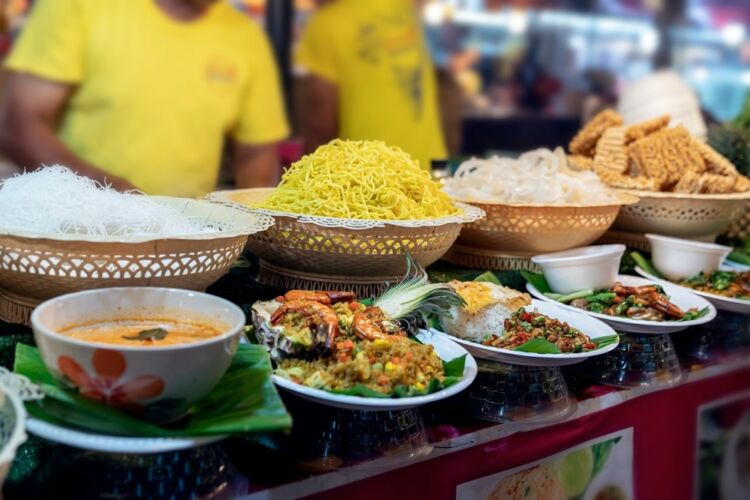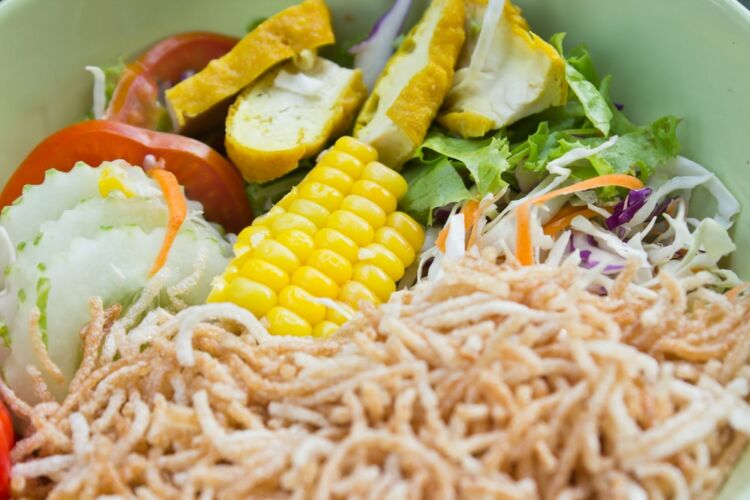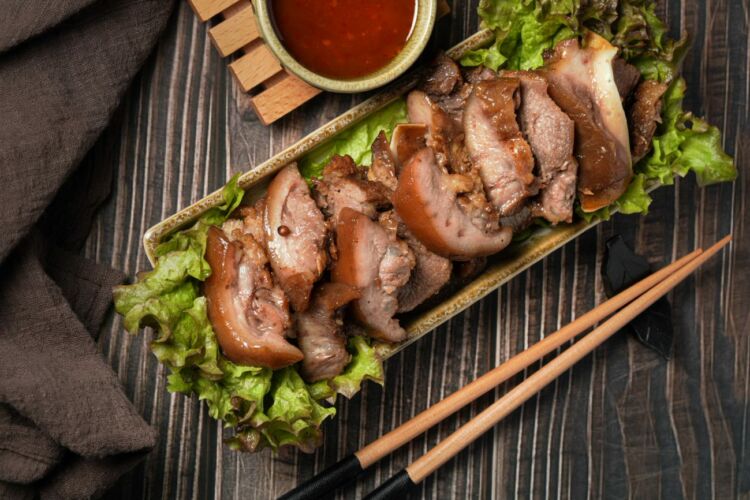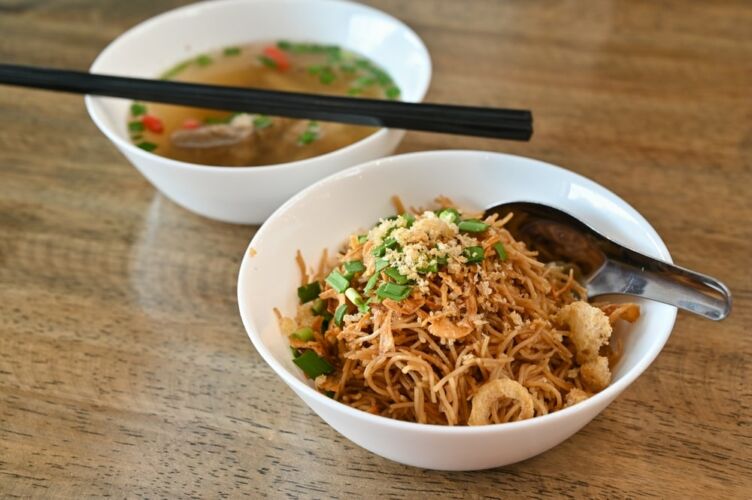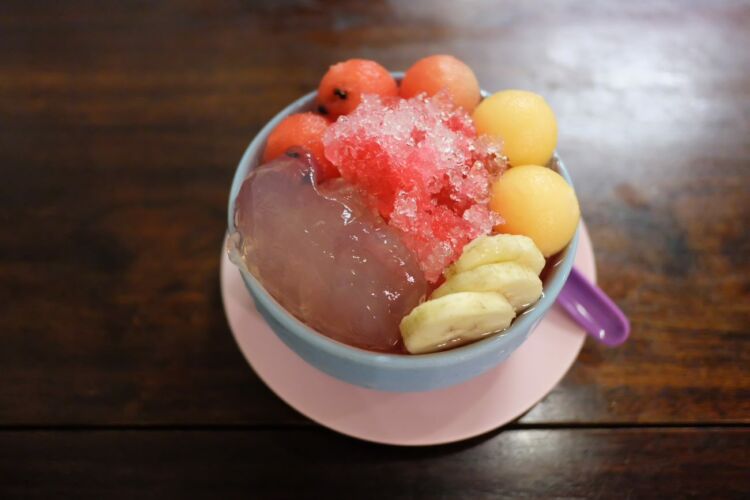Continuing the thrilling robbery mission of Money Heist, a Spanish crime series also known as “La Casa de Papel,” the show invites viewers to experience exotic places and cultures from different filming locations. In Season 3, the hunt comes to Thailand.
One of the filming locations in Thailand is Phuket. Apart from the beautiful marine scenery which is one of the province’s selling points, Phuket is also known as a province full of diverse people from multiple races and cultures, including Peranakans or “Baba–Nyonyas”, Muslims, Hindus, and Christians. This diversity is manifest in various dimensions, nowhere more so than in Phuket’s unique local cuisines. It’s no surprise that UNESCO recognized Phuket as a City of Gastronomy in 2015.
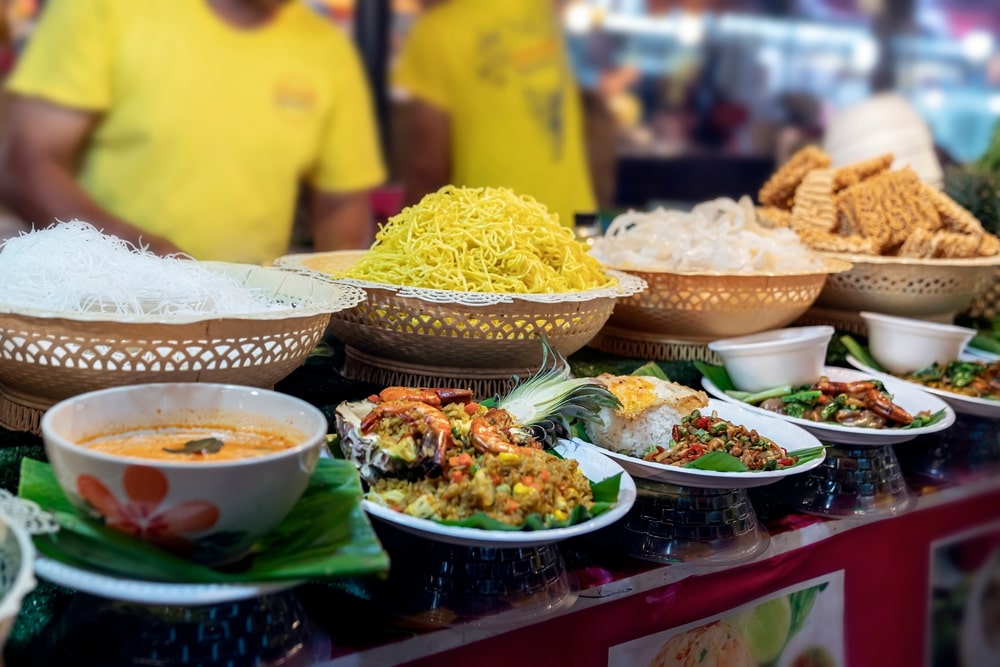
Hoo Chae, commonly known as Phuket vegetarian salad, consists of vegetables like lettuce, bean sprouts, water spinach, cucumbers, chopped jicama, and sometimes boiled corn. The highlight is its sauce, which gets its distinctive sour, sweet, salty, and spicy flavor from the mixture of sugar, orange juice, and chili. The dish is also seasoned with peanuts and roasted sesame before being served with a boiled egg and crispy noodles. Hoo Chae is a popular light afternoon snack among Phuketians.
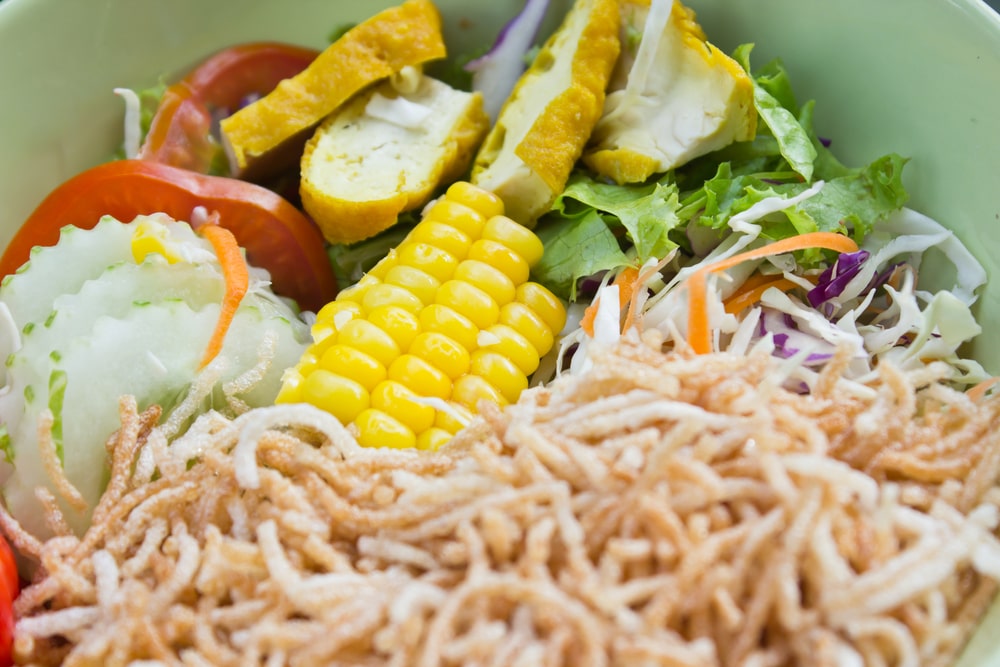
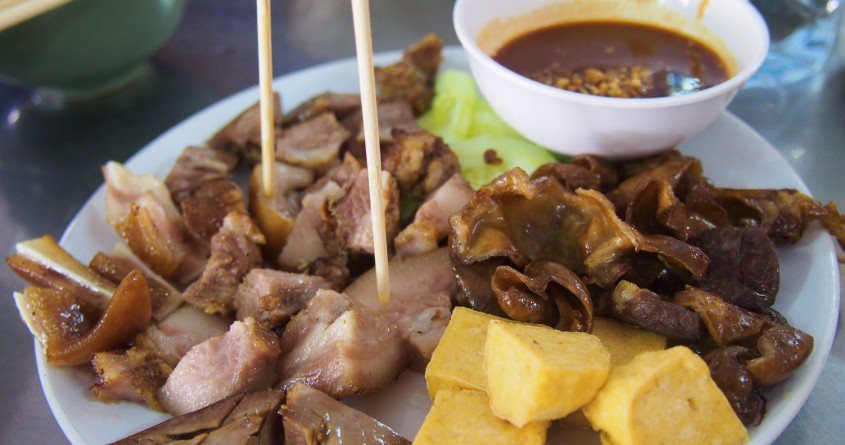
Loba is a Chinese Hokkien dish with a long history. Originating from China, this dish is a must for offal lovers as it consists of a pig’s lung, liver, heart, and colon. The popular parts are the ear, tongue, and belly. Every component is fermented with five-spice (Palo) powder, then deep fried and served with a tasty sour, sweet, and spicy sauce made from tamarind juice stewed with sugar and chilis.
Moo Hong (Southern-styled pork stew) is a Phuket recipe similar to a five-spice (Palo) pork stew, which uses aromatic spices like garlic, pepper, and coriander root. After fermenting all the spices with pork belly, seasoning with light and dark soy sauces, and then stewing it until the pork is soft enough to melt in your mouth, this dish is perfect with steamed rice.

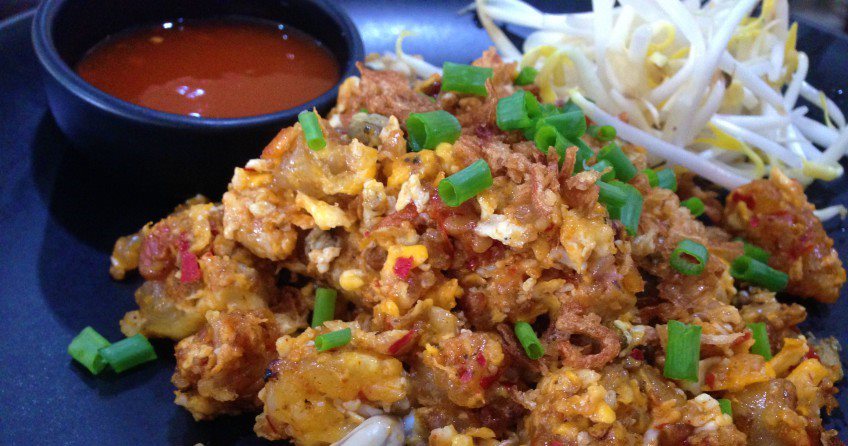
O-Tao is a local Hokkien dish similar to a clam omelet. The difference is its stickier and softer dough. After frying boiled taro, crispy pork skin, oysters, and eggs together, and then seasoning it with chili, garlic, and soy sauce, the dish is stir-fried until it’s dried and well-mixed. Usually paired with bean sprouts, this dish is a common menu for supper or dinner in Phuket.
Mee Hoon Ba Chang is a local dish made from the Mee Hoon or white noodles that are produced in Phuket and unique for their texture which is not too hard or soft. The Mee Hoon is stir-fried with pork bone soup, and then seasoned with light and dark soy sauces and sugar before it is garnished with fried shallots and chives, and served with pork bone soup.
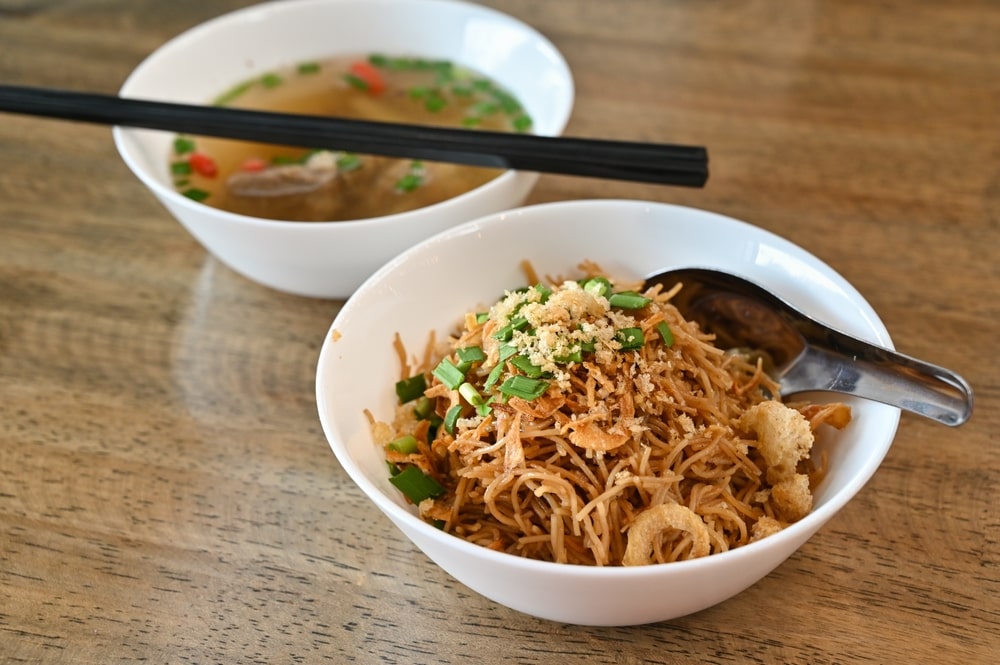
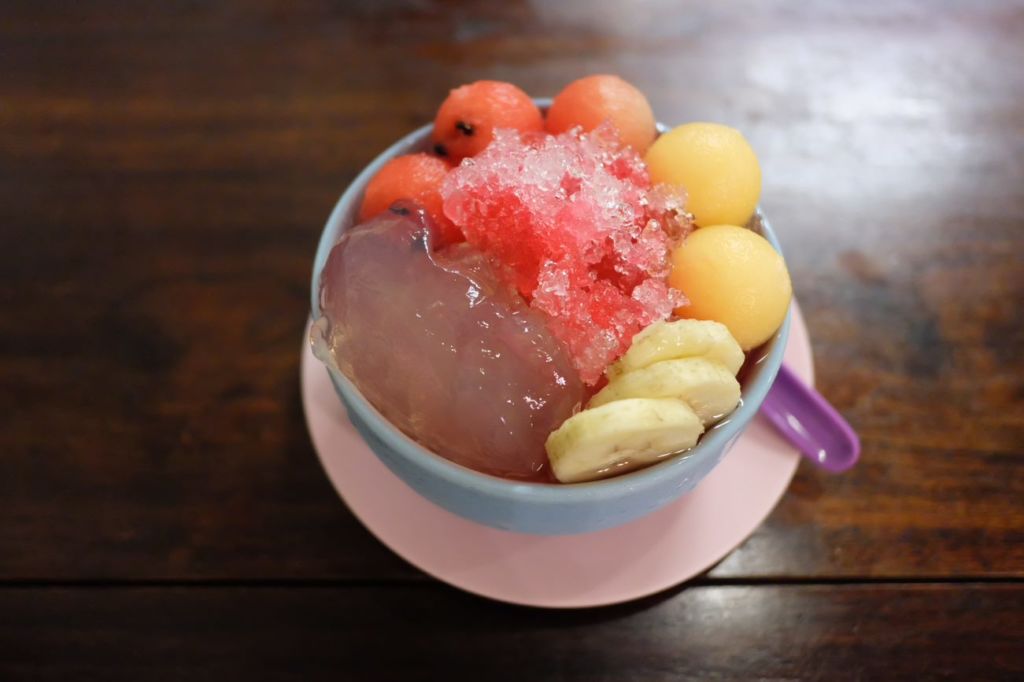
O-Aew is a Phuketian dessert that is similar to shaved ice and is perfect for any hot day. The dish is made from the jelly cooked from seeds of the O-Aew plant mixed with juice extracted from the Kluay Nam Wa, a.k.a. Pisang Awak banana. O-Aew is served in small pieces and topped with shaved ice before the syrup is added to complete its sweet and cold tastes.

